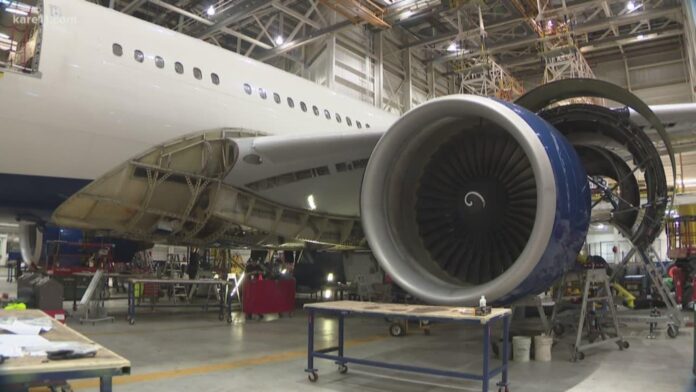The endurance and longevity of an aircraft rely not just on its initial construction but on its ability to withstand the rigors of continuous operation. Enter fatigue and fracture mechanics—an indispensable field in aerospace engineering focused on understanding how materials degrade over time under cyclic loading. By delving into the intricacies of fatigue and fracture, engineers can prolong an aircraft’s lifespan while maintaining safety and reliability.
Fatigue, the progressive weakening of materials due to repetitive loading and unloading, stands as a significant challenge in aerospace. Aircraft structures endure countless cycles of stress during flights—pressurization, turbulence, take-offs, and landings—that can induce microscopic cracks. Over time, these cracks can propagate, leading to catastrophic failures if not identified and managed effectively.
Fracture mechanics provides the tools to analyze and predict the behavior of these cracks within aircraft structures. It involves evaluating the size, shape, and growth of cracks under different loading conditions to determine their criticality. Understanding how cracks propagate allows engineers to establish inspection and maintenance protocols that prevent catastrophic failure and ensure structural integrity.
The foundation of fatigue and fracture analysis lies in understanding material properties and behavior under stress. Materials used in aerospace undergo rigorous testing to characterize their fatigue strength, crack growth rates, and fracture toughness. This knowledge is essential in predicting how these materials will respond to cyclic loading and identifying potential failure points.
One of the primary techniques used in fatigue and fracture analysis is Non-Destructive Testing (NDT). NDT methods, such as ultrasonic testing, eddy current testing, and radiographic inspection, allow engineers to inspect aircraft components without causing damage. These methods help identify internal defects, cracks, or flaws that may compromise structural integrity.
Fatigue testing involves subjecting materials or components to simulated loading conditions to replicate real-world operational stresses. This testing allows engineers to assess how materials degrade over time, providing invaluable data to predict the lifespan of aircraft components and establish maintenance schedules to address fatigue-related issues.
Crack propagation analysis plays a pivotal role in fracture mechanics. Engineers utilize mathematical models and simulations to predict the growth of existing cracks within aircraft structures. This analysis helps determine when cracks reach critical sizes that could lead to failure, enabling proactive measures to prevent catastrophic incidents.
The integration of advanced materials and manufacturing processes has revolutionized fatigue and fracture management in aerospace. Innovative materials, like carbon fiber composites and high-strength alloys, exhibit superior fatigue resistance and fracture toughness compared to traditional materials. Additionally, advancements in manufacturing techniques produce components with fewer imperfections, reducing the likelihood of crack initiation.
Structural Health Monitoring (SHM) systems have emerged as a proactive approach to managing fatigue and fracture in aircraft. SHM systems utilize sensors and data analysis algorithms to continuously monitor structural conditions in real-time. These systems provide early detection of potential issues, allowing for timely maintenance and preventing unforeseen failures.
Aircraft maintenance programs incorporate fatigue and fracture analysis as part of their routine inspections. Regular inspections, along with predictive maintenance based on fatigue data, ensure that any potential issues are identified and addressed before they compromise the aircraft’s structural integrity. These measures contribute significantly to extending an aircraft’s operational lifespan.
Regulatory bodies play a crucial role in ensuring the safety and reliability of aircraft by establishing guidelines and standards for fatigue and fracture management. Compliance with these regulations ensures that aircraft manufacturers and operators adhere to best practices in assessing and managing fatigue-related issues.
The proactive management of fatigue and fracture contributes not only to the safety of aircraft but also to cost-efficiency. By identifying and addressing potential issues early on, airlines can avoid costly repairs, downtime, and unexpected failures, ultimately optimizing operational efficiency.
Looking ahead, the continuous advancement of materials, technologies, and analytical methods will further refine fatigue and fracture management in aerospace. The evolution of predictive models, enhanced inspection techniques, and innovative materials will continue to push the boundaries, ensuring that aircraft maintain their safety and reliability throughout their extended lifespans.
























